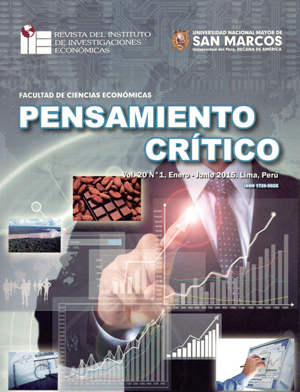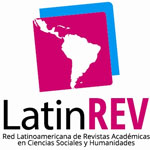Technology, climate change and forestry
DOI:
https://doi.org/10.15381/pc.v20i1.11488Keywords:
Forestry industry, sustainability, technological developmentAbstract
While Peru is known for its natural potential for forestry, little or nothing has been done for this sector. The stragglers we are in technology management in agriculture, forestry and construction sectors, strongly interrelated, has been entirely negative for the forestry sector, as the high mechanization of illegal mining. A longstanding weak regulatory framework for a state without planning capacity in a sector that represents one of the greatest riches of the country, but with strong inter sectorial linkages, prevents become one of high value added and high uptake of manpower in areas of extreme poverty. The implementation of research and technological development in this sector with inter sectorial vision is critical, since the benefits arising from this implementation will allow to obtain results in a shorter period. And it is a problem that urges us, the impact of mismanagement of forestry in climate change threatens to destroy the forest sector itself. Improvements in the regulatory framework are still pending, as well as an information system that is in full development, these advances in research and development and technology sector with integrated together allow us to reconstruct a sector with great potential for added value and effectively combat poverty.Downloads
Published
Issue
Section
License
Copyright (c) 2015 Jazmín Tavera Colonna

This work is licensed under a Creative Commons Attribution-NonCommercial-ShareAlike 4.0 International License.
THE AUTHORS RETAIN THEIR RIGHTS:
a. The authors retain their trademark and patent rights, and also on any process or procedure described in the article.
b. The authors retain the right to share, copy, distribute, execute and publicly communicate the article published in Pensamiento Crítico (for example, place it in an institutional repository or publish it in a book), with recognition of its initial publication in Pensamiento Crítico.
c. The authors retain the right to make a subsequent publication of their work, to use the article or any part of it (for example: a compilation of their works, notes for conferences, thesis, or for a book), provided they indicate the source of publication (authors of the work, journal, volume, number and date).















